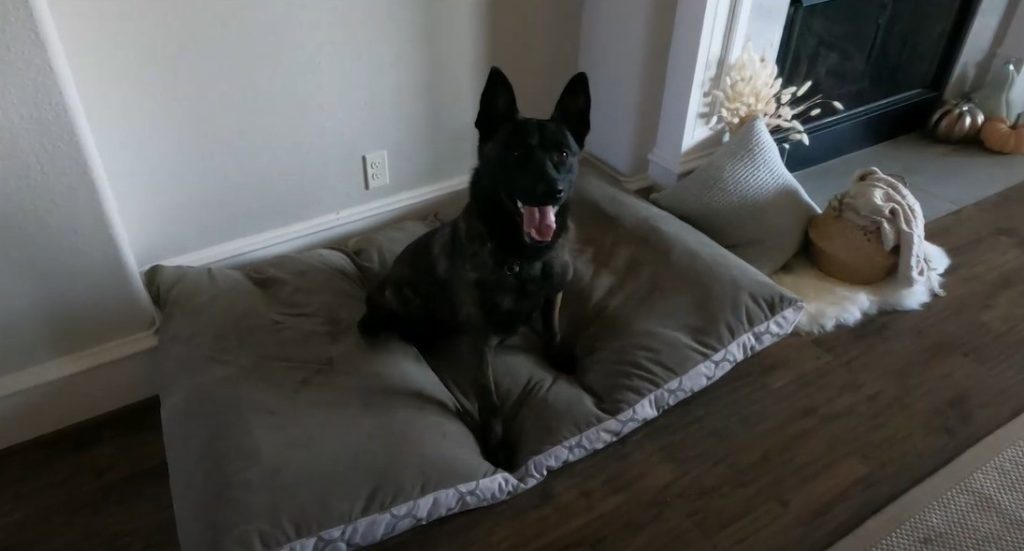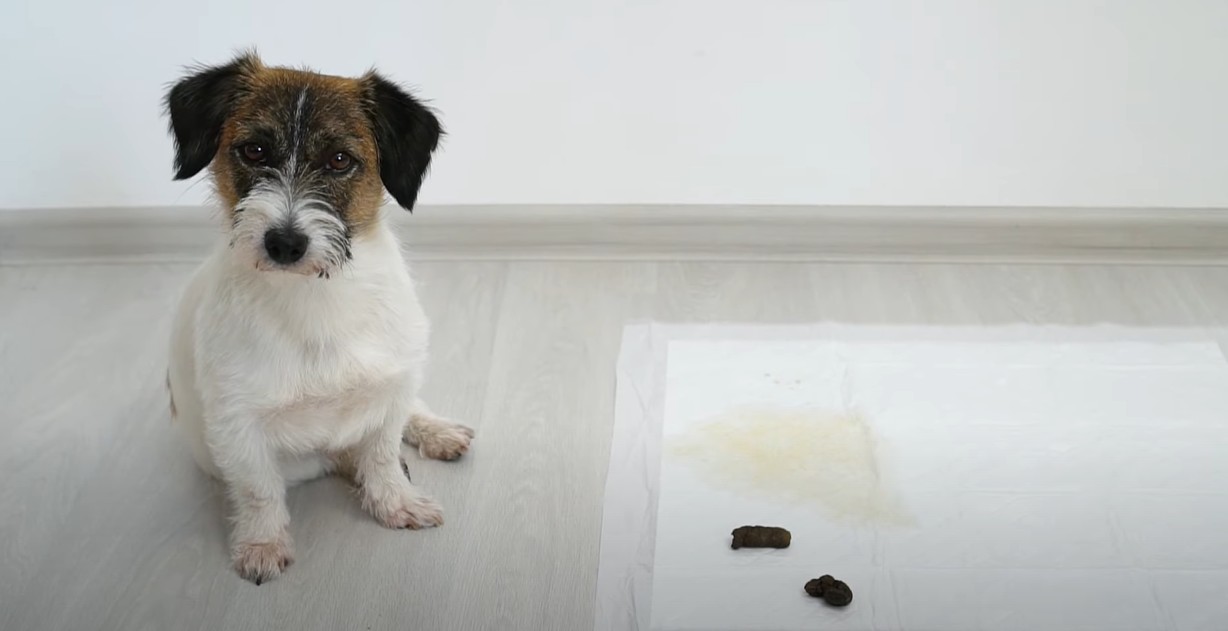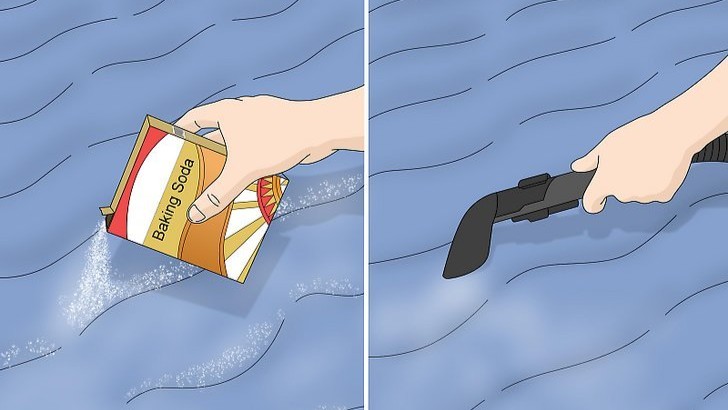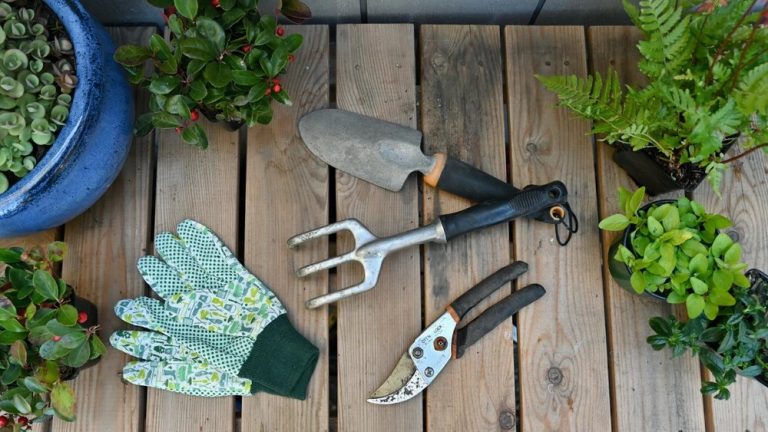How to Train Your Dog Indoors?

The first time I tried to train my dog indoors, it was a catastrophe.
Treats were dumped on the floor. The carpet was chewed to shreds. And my tiny terrier? He chased the vacuum and would not “sit” for anything less than chicken.
But eventually, I got it. With the proper steps, equipment, and a bit of patience, training indoors really did become our little routine. Snuggly, peaceful, and full of wagging tails.
If you would like to know how to train your dog inside the house, especially during bad weather or when there is little space, I can help you. This is a mixture of real experience and straightforward tips to help you convert your living room into a training area.
Why should you train indoors?
At times, training outdoors is not feasible.
Maybe it’s raining cats and dogs. Or boiling. Or you’re in an apartment like mine—a place where the “yard” was a pot plant on the balcony.
Training inside gives you:
- Control over distractions
- Consistency in routine
- Safety for younger pups or older dogs.
And, dogs are creatures of habit. Home is where they are comfortable (and the treats are).
First Things First: Select a Good Location
You don’t require much space—just a quiet, open area where your dog can focus.
I began with the hallway. It was small enough to manage. It was long enough for simple commands like “come” and “stay.”
Look for:
- Non-slip floor (mats or carpet helps)
- Turn off the TV and avoid loud music.
- Lots of light
Tip: Keep training sessions short and simple—5 to 10 minutes is best.
What You Will Need to Get Started
You don’t need expensive equipment. Just some simple items:
Item | Why It Helps |
Treats | Reward-based learning maintains the dogs’ interest |
Clicker (optional) | Click = good job. Reinforces behavior |
Leash | assists in managing and directing space. |
Mat or Bed | Great for working on “place” or “settle |
Patience | No description necessary |
Start With the Basic Stuff
This is how I taught my dog the basics inside:
“Stay” and “Sit”
Start saying “sit.” Hold the treat over them. As soon as they sit, then say “yes!” and give them the treat.
Repeat a number of times. Add “stay” by moving backward prior to giving a reward.
“Come”
I sat on the floor and said his name. When he came to me, there were many treats.
Repeat at greater distances as they improve.
“Leave it”
Drop a treat. Cover it with your hand. When they look away, say “leave it” and give them another treat.
This kept me from having so many shoe disasters.
Potty Training Indoors (Yes, It’s Possible)
 I was skeptical at first. Indoor potty? Come on?
I was skeptical at first. Indoor potty? Come on?
But it worked—particularly in my apartment.
What helped
- Puppy pads in a consistent corner
- Taking him to the pad after a meal, nap, or play.
- Rewards for each success.
Eventually, I swapped the pads with outdoor walks. Smooth transition. No mess.
Turn Play Into Training
Fetch becomes “drop it.”
Tug is “take it” and “let go.”
Even snack time can be “sit,” “stay,” and “okay!
Training indoors does not need to be school-like. It is play with a purpose.
And to be honest, it made my relationship with him stronger.
When things become frustrating (and they will).
Your dog will ignore you some days.
Or bark. Or roll over and look at you as if you’re speaking nonsense.
That’s normal.
Here’s what helped me:
- Take breaks when either of us was getting cranky.
- End on a high (simple win + reward = confidence booster)
- Make training enjoyable and easy, never punitive.
Training should feel like collaboration—not an exam.
Indoor Training Tools I Loved (and Hated)
Favorites:
- Snuffle mats for “find it” games.
- Puzzle toys keep your mind occupied.
- Pouch treat (clip-on = no mess pockets)
Not worth it:
- Shock collars (never appropriate indoors—or outdoors, in my opinion)
- Too-small clickers (lost mine in the couch cushions once)
- Leaky cheap pads—go for absorbent and thick
Every dog is different, so try what suits your style and space.
Consistency Is Everything
You do not have to train for hours.
A little bit, each day. Brushing your teeth. Small steps. Big wins.
My dog went from ignoring “come” to racing across the room when I beckoned. That instant? Worth every stumbling practice on my living room carpet.
What to Do When You Reach a Breaking Point
If things aren’t working, don’t give up.
Sometimes you simply require:
- A shift in treat
- A different time of day.
- Or perhaps a quick nap for both of you.
You may also hire a trainer who uses positive reinforcement. Most of them now offer online classes, which are suitable for indoor setups.
How can you train your dog indoors?
Begin with love. Add structure. And utilize your space. You don’t need a yard. Or nice weather. You just need patience, perseverance, and a few good snacks. Trust me—training indoors works, and it is one of the best ways to connect with your dog.
Call to Action
Thinking of starting indoor training with your puppy? Get some treats, find a quiet spot, and start with “sit.” That’s what I did—and now my dog has mastered over a dozen commands, all taught in my apartment. If I can do it, you can too.








